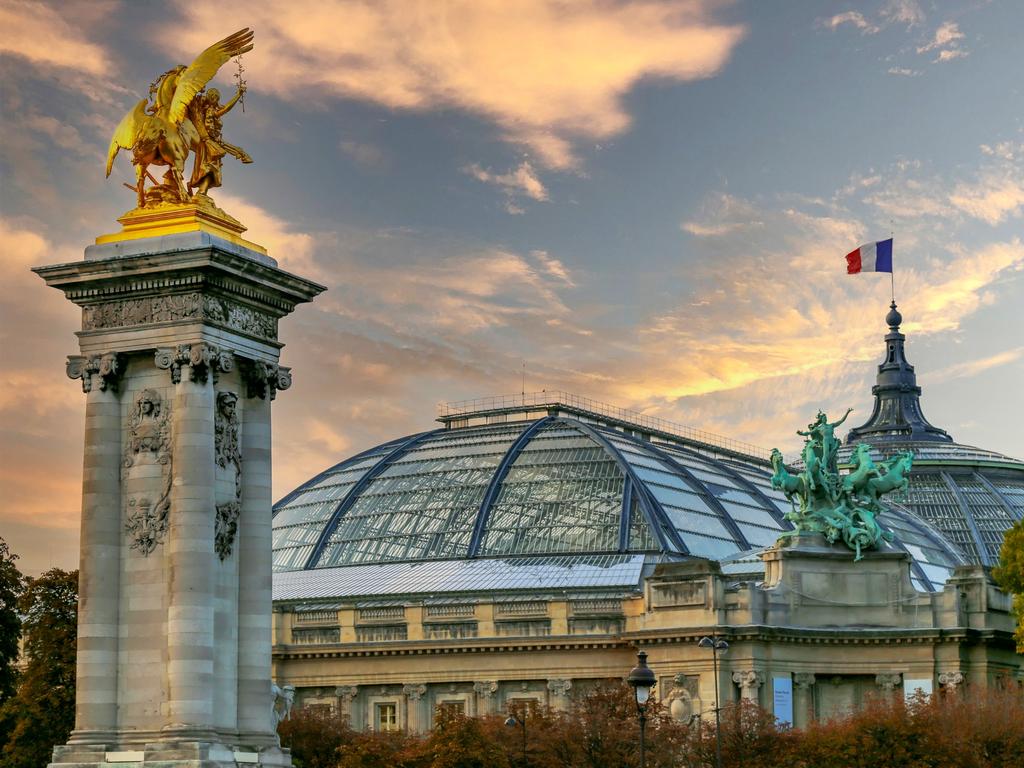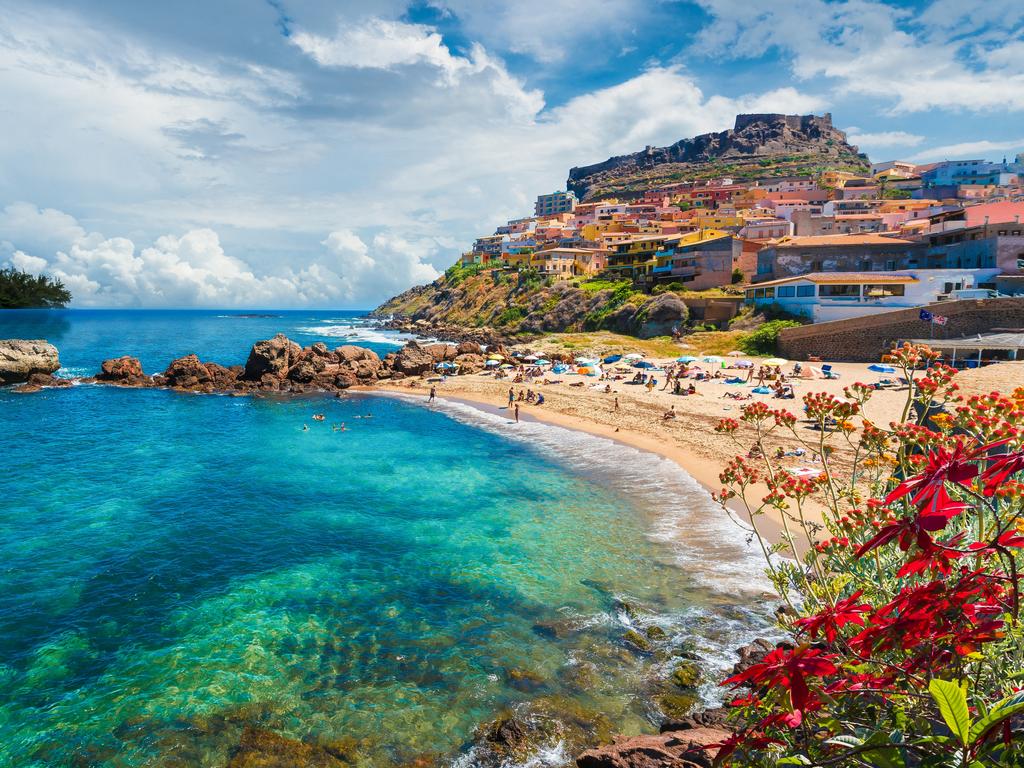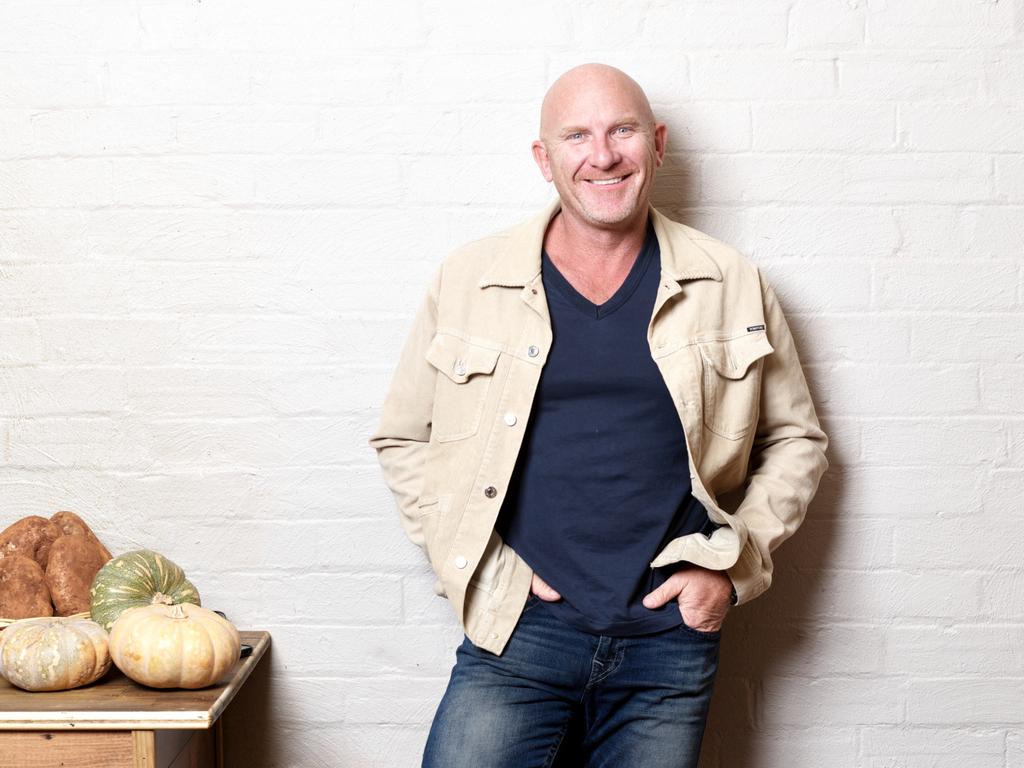French castles of the Loire: how to chateau-hop like a pro
Whether you’re a gardening enthusiast or a fan of French royalty, there’s an impressive Renaissance pile around every corner.

Viewed from an upstairs window, the world’s most famous vegetable patch unfurls like an intricate Persian carpet. Serried ranks of cabbages, chard, lettuce, sorrel and turnips are arranged in colour-coordinated beds with not a leaf out of place. The garden is planted in early spring, switched out for the summer and no planting scheme is the same two years in a row, helping make Villandry one of France’s most popular chateaux. That outsized potager sets a very high bar for backyard vegetable gardeners like me.
It’s spring and I’m motoring with my husband from Normandy to the Loire Valley, visiting gardens and brocante markets. It’s a slow, impossibly lovely journey through innumerable charming villages, each one claiming an ancient church; every large town has a cathedral bristling with gargoyles and high-flying buttresses. As we putter into the Loire, the landscape eases into broad, flat fields, wheat and canola growing to the road’s edge, red poppies peppering the verge. We’re playing “Spot the Chateau”, because there seems to be an impressive Renaissance pile hidden behind every copse and high wall.

The chateaux of the Loire are among France’s best-loved treasures, fairytale castles and immense gardens that speak to a time of complex political machinations when big, powdered wigs vied to outdo each other on the home improvement front. I have a Big Five hit list with Chateau de Villandry the first crenellated cab off the rank, and we’re at the gates bright and early, before opening. First in, best dressed. Arrive on the dot and you can generally enjoy an hour or two of calm chateau immersion before the coaches roll in and crowds begin shouldering each other aside for a closer look at those cabbages. We’re here in early May and it’s already busy but nothing compared to the crush of high summer.
The weather may be cool and drizzly, but Villandry’s 10-strong team of gardeners is happily occupied, pruning the 30km of box hedging, one plucky chap trimming grass on a steep bank above the Water Garden, clinging on with only the aid of football spikes. Villandry is open every day of the year and the Renaissance-style gardens are breathtaking in every season, even in this spring gloaming. The more than 1000 pollarded lime trees sprout new growth like hair from knuckles and the season’s first roses are opening against sun-warmed walls. The chateau interiors are filled with cut flowers; the children’s bedrooms on the second floor are especially enchanting. Be sure to climb the narrow precipitous staircase in the medieval keep to the terrace for wonderful views of the grounds and UNESCO-listed river valley landscape.

We have based ourselves an hour or so away at Relais de Chambord, a small, contemporary hotel with an exceptional situation in the grounds of the Loire’s largest chateau. Tucked between the Cosson River and Chateau de Chambord, the hotel offers lovely views of both. We drift off to sleep in our cosy third-floor room listening to the rushing river; we take breakfast looking on to the chateau’s many spires, turrets and 282 chimneys. And until the day-trippers arrive, the view of this colossal architectural marvel is all ours, along with a roving peloton of Lycra-clad American cyclists having fruit and yoghurt for breakfast while we tuck into our second pain au chocolat. We’ll climb it off on a few of Chambord’s 77 staircases.
Most famous is the incredible double helix staircase at the heart of the building, said to have been designed, or at least inspired, by Leonardo da Vinci. Chambord was built by King Francis I as a hunting lodge and da Vinci was a guest of the monarch, spending his last years at Chateau du Clos Luce in Amboise (another on our Big Five list).
Francis spent a scant few weeks at Chambord, the rooms so vast, the great halls of stone and marble impossible to heat despite dozens of epic stone hearths. Louis XIV added stables, Louis XV furnished the cosier royal apartments (lowering ceilings, adding panelling and parquet flooring). During World War II, treasures from the Louvre, including the Mona Lisa, were stored deep within the bowels of the building.

Today the chateau’s hunting history is celebrated with dozens of gilded stag trophies and immense portraits of baying hounds. The chateau also houses one of France’s best collections of 17th-century tapestries (plus an excellent shop). The upper chambers in the keep, or donjon, accommodate contemporary art. A mesmerising, life-size pack of wolves roams across an entire vaulted chamber. Artist Lionel Sabatte collected dust bunnies (or “dust sheep”, as this fluff is called in France) from the metro station at Chatelet-Les Halles in Paris to fashion the wolves’ flesh. The pack’s new home is especially poignant. Louis XIV may have been among the last people to hunt these secretive predators at Chambord.
Today the estate sprawls across nearly 5500ha, showcasing vast formal gardens, equestrian and falconry displays and extensive forests. Outside opening hours, hotel guests have the place largely to themselves and, if we subtract gardeners on ride-on mowers and the cute Citroen 2CV parked near the hotel front door, we can imagine it might still be the 17th century. One misty morning we even spy a stag at the forest’s edge, an escapee from the chateau trophy wall perhaps. He watches us for a moment before dissolving mysteriously into the dappled green.


Thirty minutes from Chambord, Chateau Chaumont-sur-Loire hosts an annual international garden festival, with landscape designers from across Europe and the US fashioning small gardens designed to stay in situ for six months. This year’s theme is resilience and Australian gardeners will recognise many of the drought-tolerant plants. I could easily spend an entire day at this wonderful place. Aside from the 25 show gardens, the vast grounds are dotted with sculpture and enormous installations positioned in the shadows of towering cedar trees, along with changing exhibitions in the vast stable complex.
The chateau proper dates from the 15th century; Catherine de Medici gave it to Diane de Poitiers when she snatched back the highly coveted Chateau de Chenonceau from the mistress of her husband, King Henry II. The terrace offers wonderful views of the Loire River; inside there are more installations, a library furnished with tomes fashioned from alabaster, and a chapel filled top to bottom with dried flowers. Chaumont continued to exert social influence into the early 20th century when Princess de Broglie was chatelaine, entertaining the great and the good in style with dinners of roast peacock fed on cedar tree buds and galantine of young partridge.
In those days chateaux were largely self-sufficient and Chaumont continues to maintain a large vegetable garden, a far more casual affair than Villandry’s but utterly charming, festooned with wisteria and guarded by a giant topiary bunny (shades of Wallace & Gromit: The Curse of the Were-Rabbit). At a casual lunch, seated beneath an arbour dripping with clematis flowers, a pichet of chilled rose at the ready, we are living the chateau dream. If only for a day. It’s easy to become hooked on the gilded trappings of chateau life, the murky tapestries and portraits of self-important gents in wigs frozen in time but, for me, the gardens of the Loire are the most inspiring element of these incredible estates, a living history that continues to evolve.

In the know
Relais de Chambord, a member of Small Luxury Hotels of the World, has 56 guestrooms across three floors. The entry level “cosy” category is small but elegantly kitted out. Windows open on to the chateau or river; the dining room serves generous continental breakfasts and excellent dinners. The locale is picturesque but a drawback when it comes to dining out. The nearest restaurants are kilometres away and the hotel’s venues are heavily booked for dinner (reserve a table when you book). The hotel has a day spa and fleet of bicycles for exploring.

More to the story
The Loire Valley is home to about 300 chateaux, and it’s easy to become chateau-ed out. I suggest compiling a shortlist and allowing plenty of time at each. Avoid queues by booking online (not an option at Villandry). My Big Five includes Chenonceau, the so-called ladies’ chateau (timed entries operate here). Straddling the River Cher and with Renaissance gardens buttressed against the waters, it is one of the most popular in France and worth visiting just to enjoy the floral installations. A resident team working with a 1ha cut-flower garden create beautiful seasonal displays in almost every room. With a history of 800 years, Chateau du Clos Luce is a small chateau with a famous tenant; Leonardo da Vinci lived his last three years there as “premier painter” and architect to King Francis. Many of his inventions have been made as models and are fascinating, as are the gardens where his revolving and double-span bridge designs are realised.





To join the conversation, please log in. Don't have an account? Register
Join the conversation, you are commenting as Logout